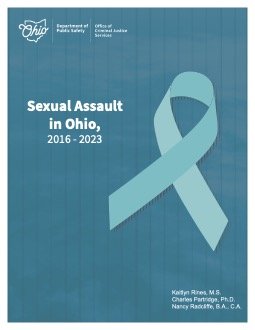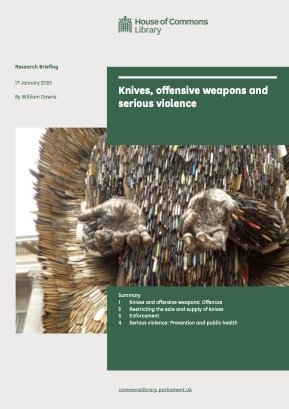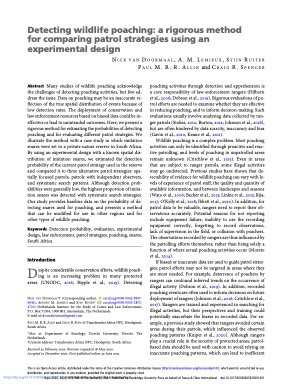By Public Safety Canada
The National Strategy to Combat Human Trafficking (National Strategy) is a five-year (2019-2024) strategy aiming to strengthen Canada’s response to human trafficking. It follows from the National Action Plan to Combat Human Trafficking which expired in 2016. The National Strategy is a whole of government endeavour that aligns efforts with the internationally recognized pillars of prevention, protection, prosecution and partnership. Canada has added a fifth pillar, empowerment, to enhance support and services to victims and survivors of human trafficking. The activities under the pillars are the responsibility of many partner departments and agencies. Several partner departments and agencies received funding for activities specific to the National Strategy. These include, Public Safety Canada (PS), the Canada Border Services Agency (CBSA), the Financial Transactions and Reports Analysis Centre (FINTRAC), Women and Gender Equality (WAGE) Canada, Immigration, Refugees and Citizenship Canada (IRCC), and Public Services and Procurement Canada (PSPC). Other departments and agencies supported efforts under the National Strategy with pre-established funding. These partners are the Royal Canadian Mounted Police (RCMP), Global Affairs Canada (GAC), Justice Canada (JUS), and Employment and Social Development Canada (ESDC). Additionally, Statistics Canada (StatsCan) receives funding from PS for activities that support the National Strategy, including data collection and research projects.
The purpose of the evaluation was to assess the relevance, effectiveness and efficiency of the National Strategy. The evaluation covered the period from fiscal year 2019-2020 to 2022-2023 and was conducted in accordance with the Treasury Board Policy on Results and the Directive on Results.
Ottawa: Public Safety Canada 2024. 50p





















